What are effect lights
Effect lights are specialized instruments that can move the light beam, change colors, create patterns, and/or project images to deliver gorgeous lighting effects or provide the right atmosphere. Creative use of illumination can drastically influence and accentuate moods, feelings, emotions and perception through controlled variations in color, direction, intensity, composition, form and movement.
Effect lights are highly effective in adding animation, drama and serious punch to theatrical productions, music performance, entertainment applications, and commercial shows. These lights are positioned and set up to create exciting and impressive lighting effects in theaters, auditoriums, concert halls, night clubs, discos, TV studios, arenas, stadiums, shopping malls, bars, restaurants. and other conventional and non-conventional venues. A catchall term for all these applications is entertainment lighting. The main objective of entertainment lighting is to make creative imagination a reality for productions and shows.
Controllable qualities of light for interactive lighting
In most scenarios, entertainment lighting may be defined as the dramatic use of light to evoke a sense of excitement or inspiration. To achieve this goal, effect lights must be used to intensively alter the audience’s perception, understanding, and emotional reaction. All the controllable qualities of light (visual elements) need to be manipulated and tied together in order to effectively stimulate the visual receptors in the eye. These basic qualities of light are color, intensity, direction, distribution and movement.
- Intensity, the range of which can vary from total darkness to painfully brilliant white light, represents the ‘strength’ of a light source.
- Color is perceived when a light source produces radiant energy in the visible light spectrum. The apparent color of visible light has a profound effect on the stimulation of physiological and psychological reactions.
- The direction from which light falls on an area, actor, or object can emphasize or diminish texture and volume. It allows light to be used as a plastic sculptural medium to convey a sense of depth unrivaled by 3-dimensional scenery.
- Light distribution defines the shape and size of the area that the light is covering as well as the cohesiveness (clarity or diffusion) of the light.
- Movement in light refers to the physical movement of a source as well as to any change in intensity, color, direction, or beam pattern. It provides the dynamics of entertainment lighting.
Types of effect lights
Effect lights, as their name suggests, are designed to create interactive lighting effects. Effects consist of a series of changes and combinations of visual elements. There are endless effects can be created with intelligent lighting systems.
- A moonflower light is a multi-beam instrument that bounces and refracts light to create lively environments of color.
- Derby effect lights spread chasing, razor-sharp beams throughout a space and cover the floor with dancing dots of vividly colored light.
- Strobes that provide intense bursts of light at regular intervals as well as random flashes, lightning, spikes, blinder and single flashes are always a crowd pleaser.
- A disco ball produces a myriad of bouncing lights off it to deliver a classic look or creates multiple trailing beam effects as they streak across the room to compose a stimulating and magical environment of color.
- Pyrotechnics are theatrical fireworks capable of producing a high-pressure jet color blasts of thick, water-based fog for effects of theatrical flashes, colored smoke, silver jets, confetti, glitter and maroons.
Spice up theaters, nightclubs, entertainment centers, and roller rinks with dazzling displays of moving patterns, stunning wave effects, sharp aerial effects, and multi-beam curtains of color. Continuous, programmable rotation, pan, tilt, and zoom control can take the energy level of a light show out of the universe. The endless array of engaging and dynamic effects allows your creativity to run wild and are set to offer a new dimension of excitement.
Solid state lighting is a game changer for stage lighting designers. The use of semiconductor-based LEDs and lasers plays a pivotal role in unlocking the power of dynamic lighting.
LED lighting
LEDs are the most versatile light source that makes stage lighting on steroids. LED lighting offers the new capability of precise control of the spectral power distribution (SPD) for a custom light color at the chip- and package-level. This capability allows to eliminate the use of color filters and enables additive color mixing of multiple LEDs in a variety of color combinations.
LEDs are inherently controllable compared to traditional light sources. With its full, instantaneous dimmability and the ability to be switched at high frequencies without affecting the lifespan, LED lighting brings a whole new world of design possibilities for effect lighting. This level of controllability makes it possible to dynamically call up any color within the gamut of color mixing systems such as RGB, RGBW, RGBA, RGBWA and RGBLA LEDs. LEDs can be addressed at the chip- or package-level to perform as individually controllable lighting nodes, which lets different light output—different colors and different brightness’s— to be produced from a single light with multiple nodes simultaneously and enables an infinite variety and combination of dynamic effects.
Laser lighting
The physics of electrically pumped semiconductor lasers are similar to that of LEDs but they produce light in a stimulated emission process whereas LEDs operate in a spontaneous emission process. Unlike the laser beam, optical radiation from an LED is incoherent and usually has a wide divergence and low density. These inefficiencies restricted LED systems from producing very concentrated beams of powerful light. Stimulated emission allows laser lights to create a stream of coherent and highly directional photons for long throw, razor-sharp beams. Laser lighting are therefore used to supplement the current LED lighting platforms for stage lighting applications. Multi-effect fixtures often combine LEDs and lasers in a single unit to create a massive array of mind-blowing visual effects.
Driver and dimming circuitry
A light show in which multiple lighting nodes act in unison relies on a set of digital instructions which define how and when a system of LED and/or laser lighting fixtures produces illumination. The ability of the light source to act upon the digital instructions is determined by the driver circuit. A driver must provide tight regulation and control on the current output provided to the semiconductor emitters to ensure that they operate under specified ranges for electrical power. To deliver the right amount of light for intensity control or color synthesis with LED lighting, the driver should be configured to allow dimming of the connected LEDs. Typically, dimming control is implemented through pulse-width modulation (PWM).
The driver circuitry incorporates processing capabilities for fetching instructions from the local memory and implementing the instructions for data transfer operation and data conversion from one form to another. The built-in processor can run onboard programmed light shows and sound-activated programs that respond to the beat. Many drivers accept control input through an interface which can interpret control signals from a DMX or Ethernet controller.

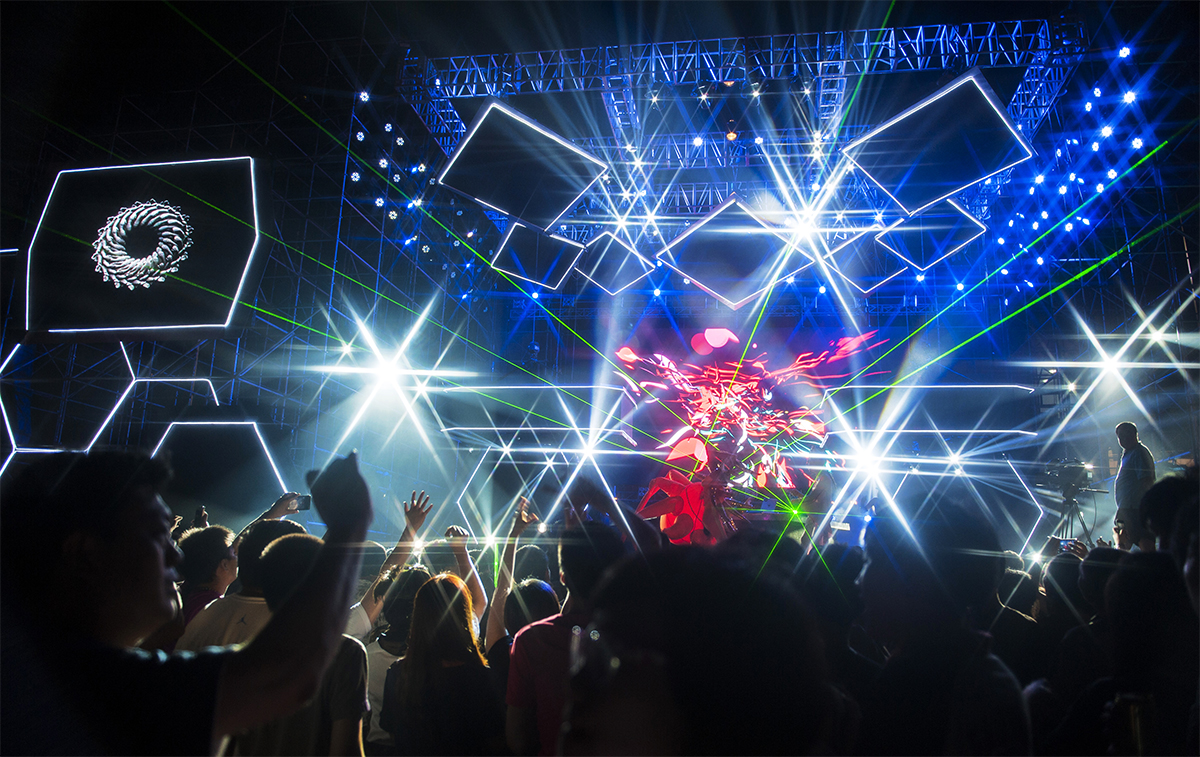
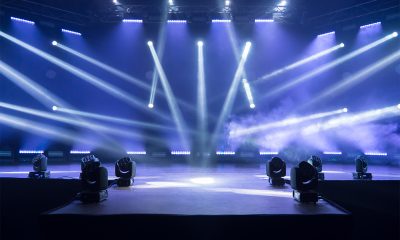
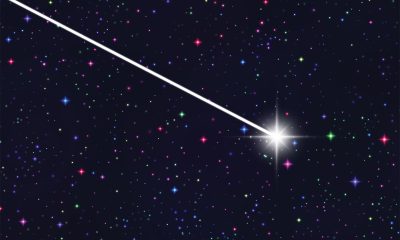
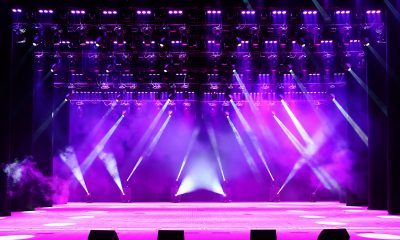
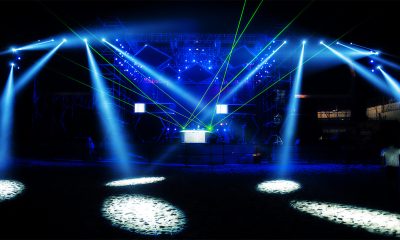
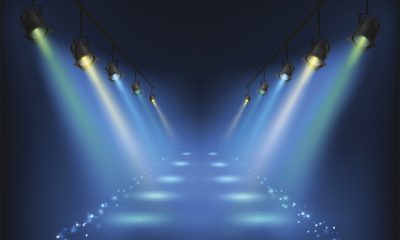

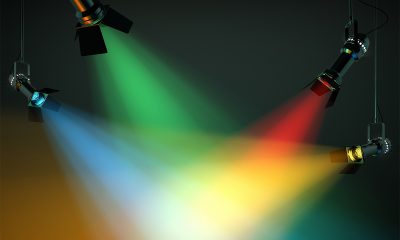
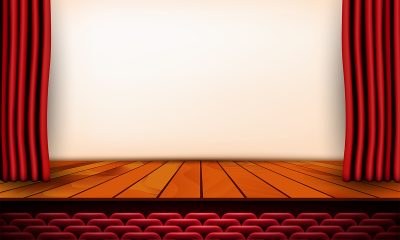
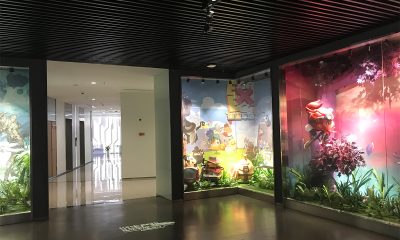
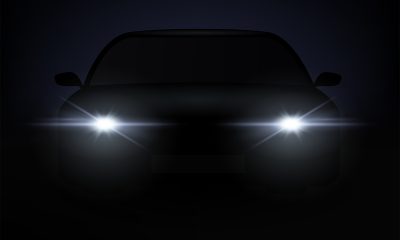





Loading...